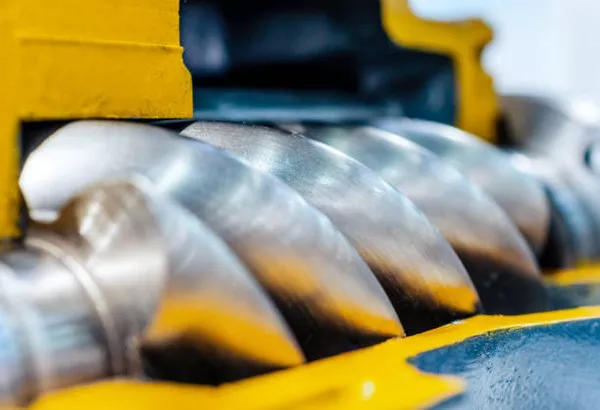In the vast realm of guitar effects pedals, one device stands out for its subtle yet transformative impact on a player’s tone—the compressor pedal. Often overlooked or misunderstood, a compressor pedal plays a crucial role in shaping the dynamics and overall sound of a guitar. In this article, we will explore the functionalities of a compressor pedal, demystify its workings, and highlight how it can elevate your playing experience.
Understanding Dynamics
Before delving into the specifics of a compressor pedal, it’s essential to grasp the concept of dynamics in music. Dynamics refer to the variations in volume and intensity within a piece of music. When playing the guitar, these dynamics are naturally present, ranging from soft, delicate notes to powerful, punchy chords. However, maintaining consistent dynamics can be challenging, especially when navigating through different playing styles and techniques.
Enter the Compressor Pedal
A compressor pedal acts as a sonic sculptor, taming the dynamic range of your guitar signal. Its primary function is to regulate the volume peaks and lows, resulting in a more uniform and controlled sound. This compression effect is achieved through a series of electronic components that work in harmony to level out the disparities in volume.
Threshold, Ratio, Attack, and Release
To comprehend how a compressor pedal operates, it’s crucial to familiarize oneself with its key parameters: threshold, ratio, attack, and release.
Threshold: This parameter determines the level at which the compressor engages. When the input signal surpasses this threshold, the compressor springs into action, reducing the signal’s dynamic range.
Ratio: The ratio controls the extent to which the compressor compresses the signal once it crosses the threshold. For example, a 4:1 ratio means that for every 4 dB the input signal surpasses the threshold, the output will only increase by 1 dB.
Attack: The attack setting influences how quickly the compressor responds once the threshold is breached. A faster attack time is ideal for taming sharp transient peaks, while a slower attack allows more initial dynamics to pass through.
Release: Release determines how long the compressor takes to stop compressing once the input signal falls below the threshold. A shorter release time can result in a more natural feel, while a longer release time may create a sustained effect.
Applications in Guitar Playing
Now that we understand the mechanics, let’s explore the practical applications of a compressor pedal in various playing scenarios.
Sustain Enhancement: One of the most celebrated features of a compressor pedal is its ability to enhance sustain. By compressing the signal, the pedal allows notes to ring out for a longer duration, giving your guitar a more singing quality, ideal for lead playing.
Dynamics Control: In a live setting, especially with varying playing styles, a compressor pedal can help maintain a consistent volume level. It prevents soft notes from getting lost in the mix and ensures that aggressive strums don’t overpower the rest of the band.
Clean Tones and Fingerstyle Playing: For clean guitar tones and fingerstyle playing, a compressor pedal can add a touch of warmth and smoothness. It evens out the intensity of each note, providing a more polished and refined sound.
Slide Guitar and Country Licks: In slide guitar and country music, where precise articulation and smooth transitions between notes are crucial, a compressor pedal helps in achieving a seamless, fluid sound. It ensures that every note, whether plucked or slid, is heard with clarity.
Chording and Funk Rhythms: When playing chords or funky rhythms, a compressor pedal can add punch and definition to each strum. It tightens up the sound, making chords sound more articulate and percussive, perfect for genres like funk and pop.
See Also: What Is The Purpose Of Compressor In Refrigeration System?
Conclusion
In conclusion, a compressor pedal is a versatile tool that can significantly impact the way you approach and experience guitar playing. Its ability to shape dynamics, enhance sustain, and provide tonal balance makes it an invaluable addition to any guitarist’s toolkit. As you experiment with different settings and incorporate a compressor pedal into your setup, you’ll likely discover new dimensions to your playing and unlock a world of sonic possibilities. So, next time you plug in your guitar, consider the transformative power of the humble compressor pedal—your secret weapon for achieving a professional and polished sound.

